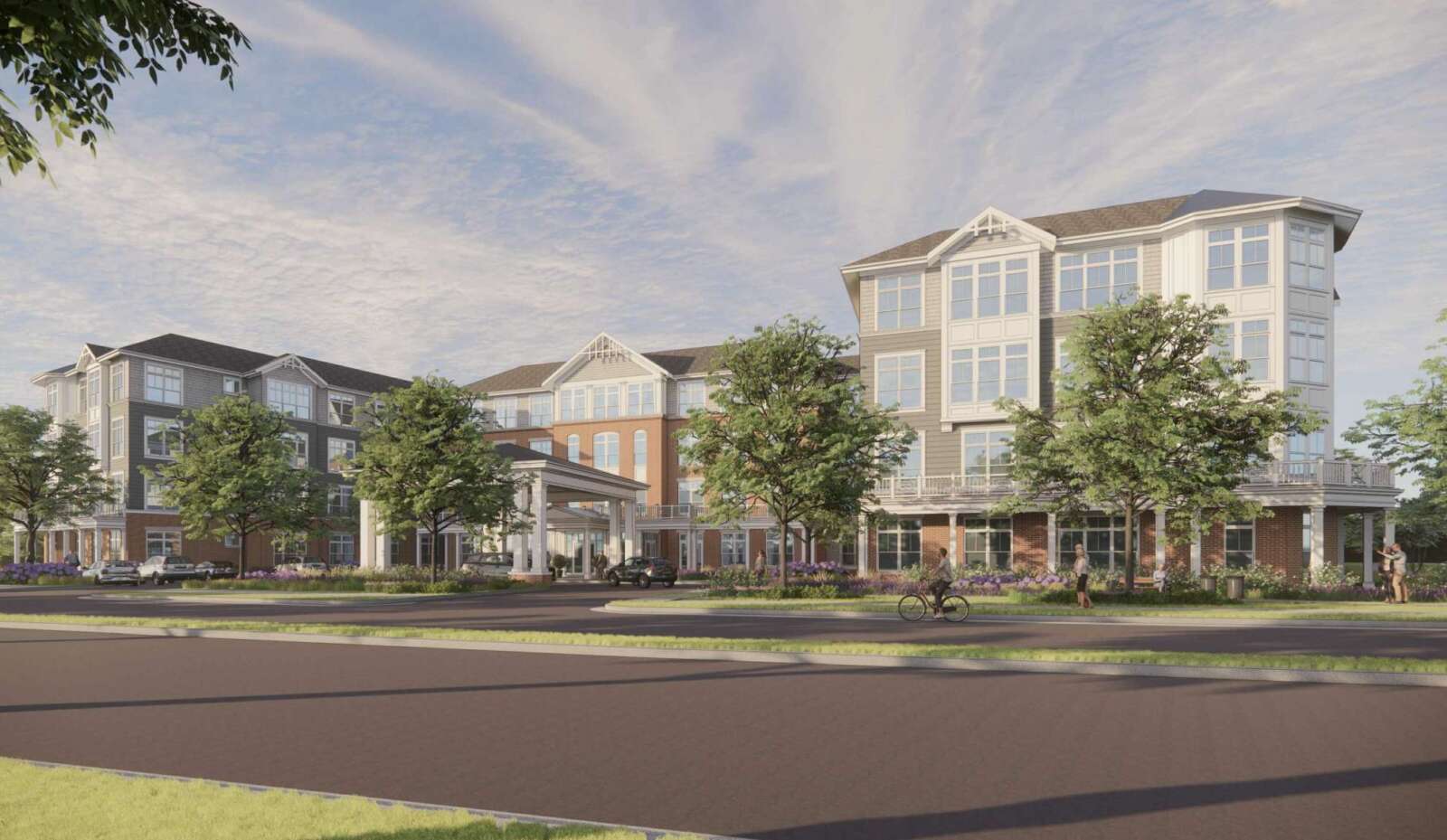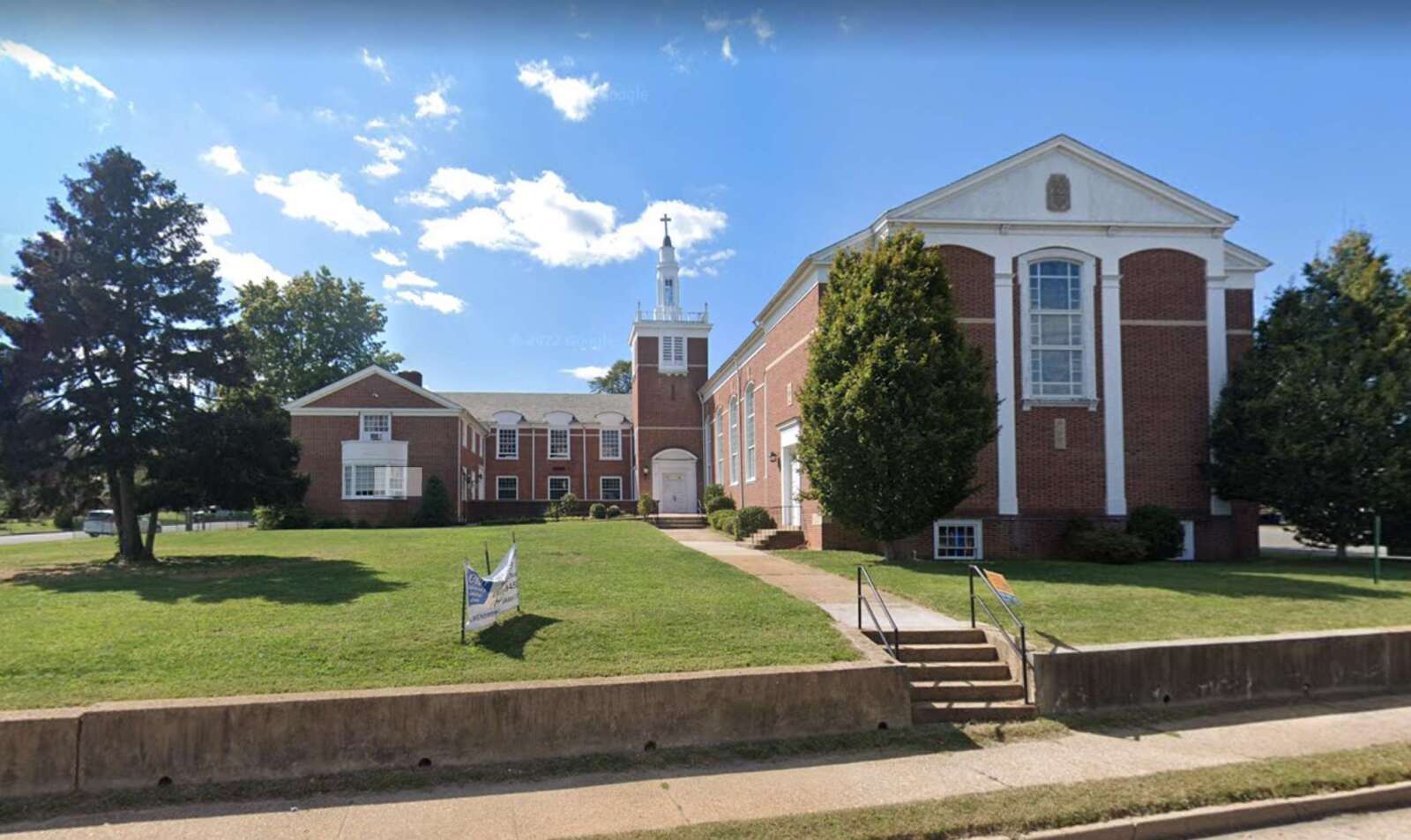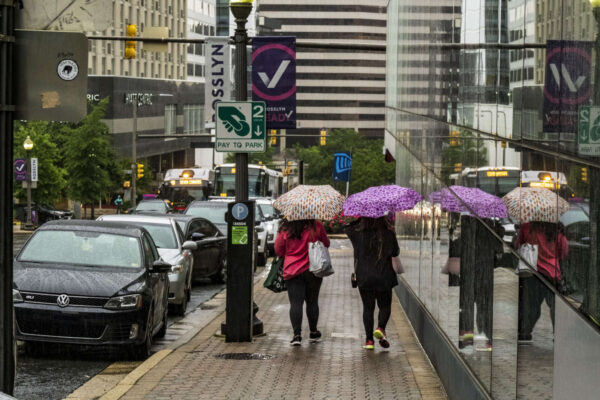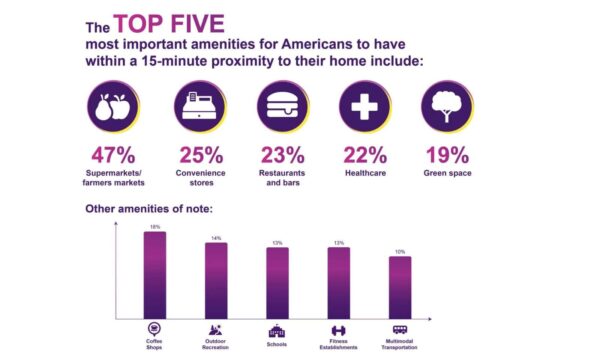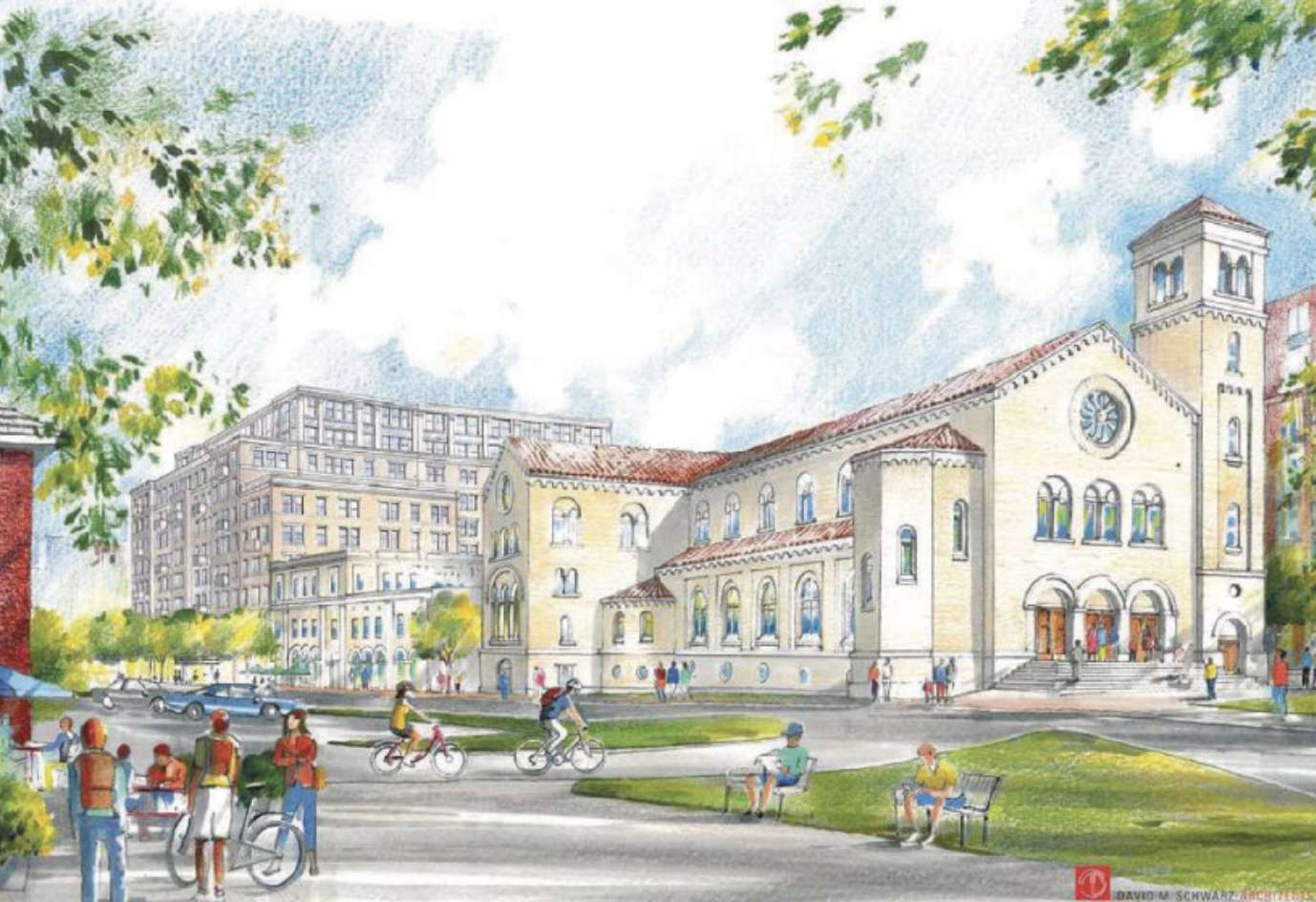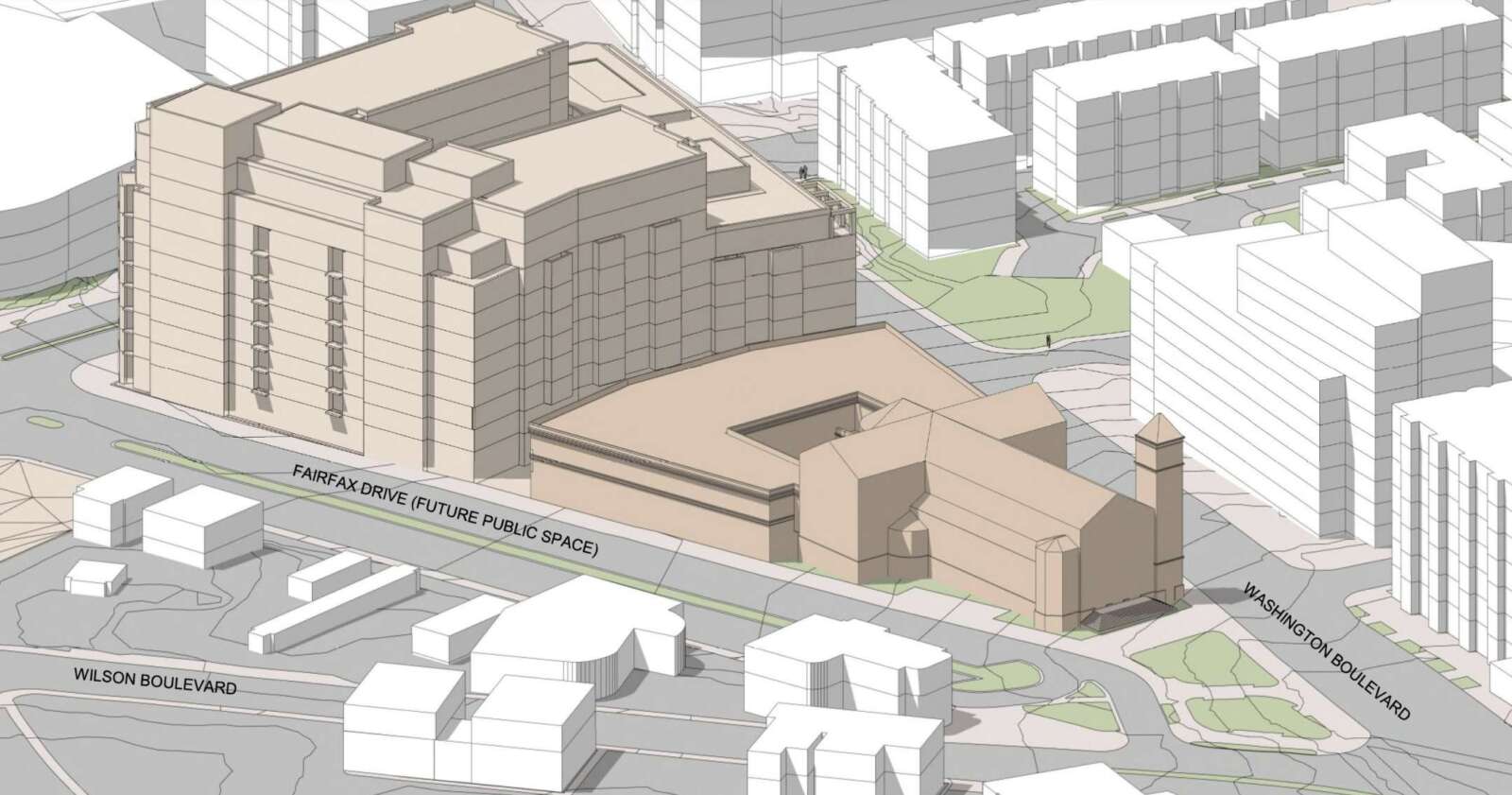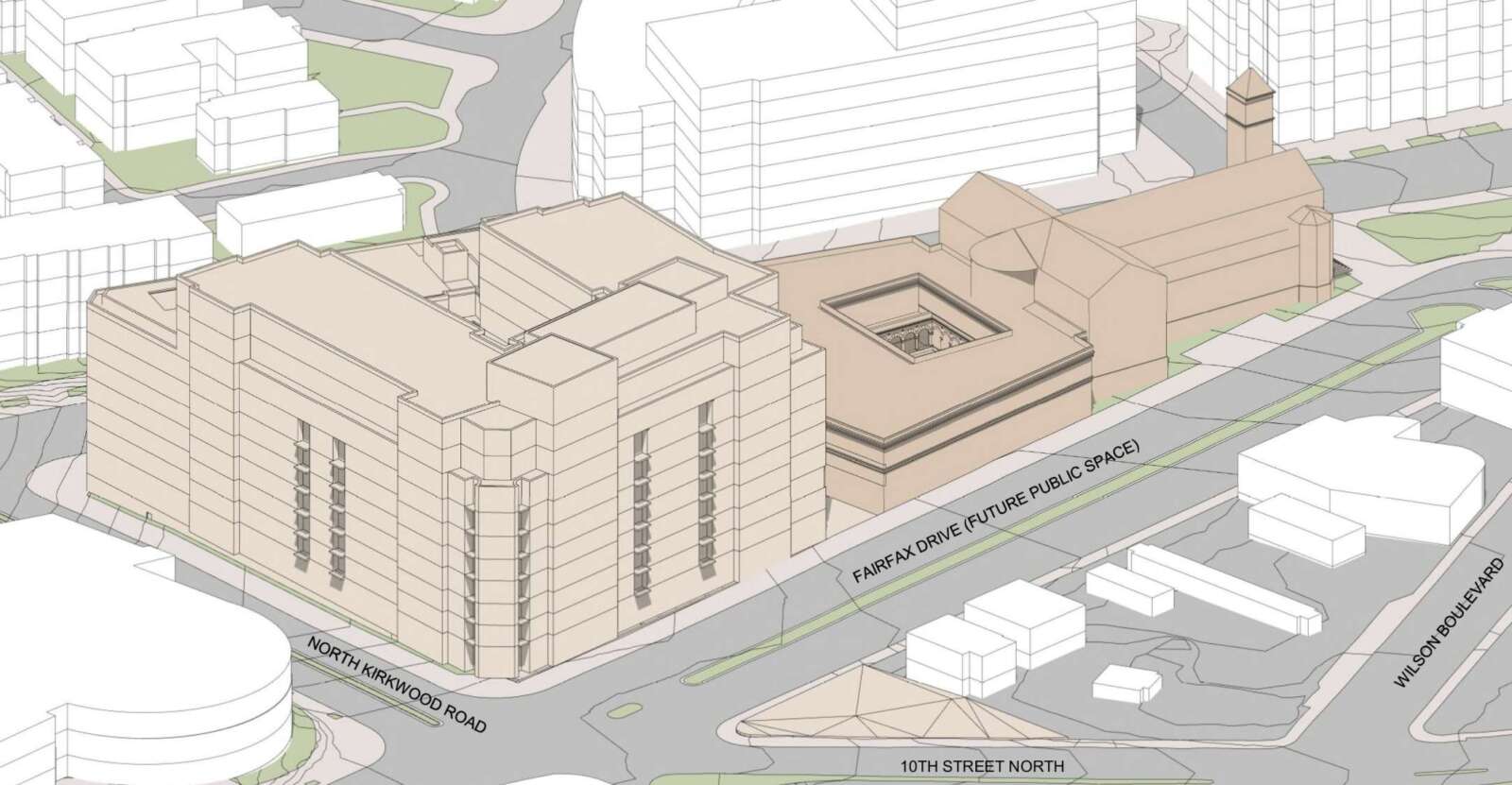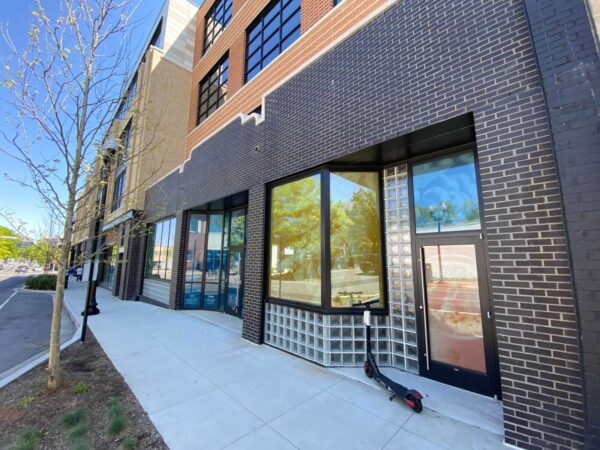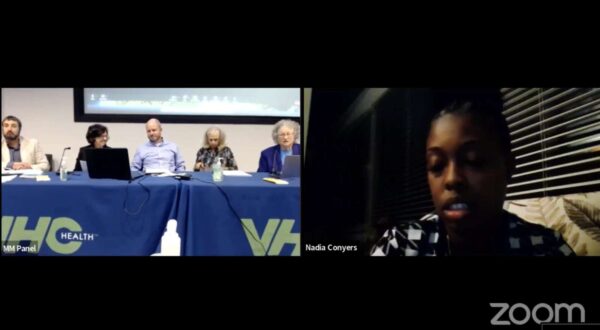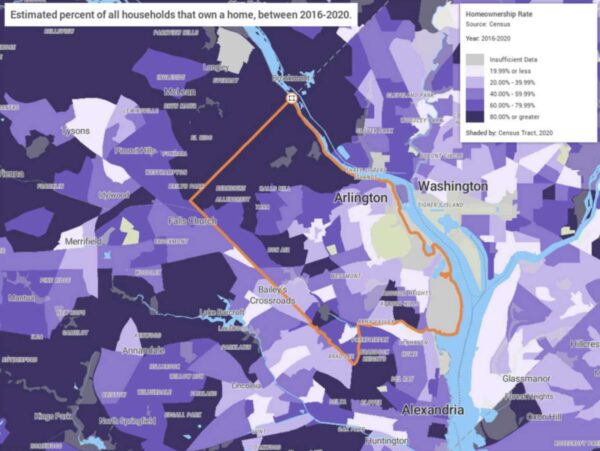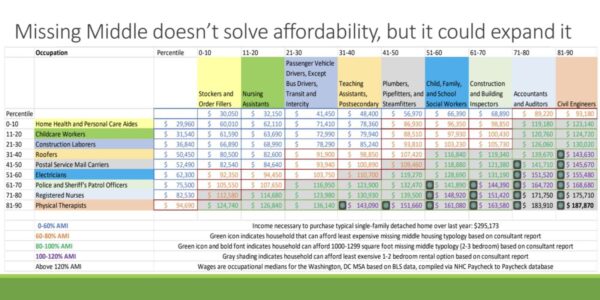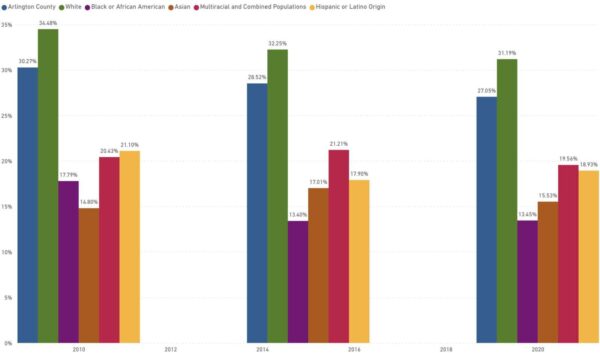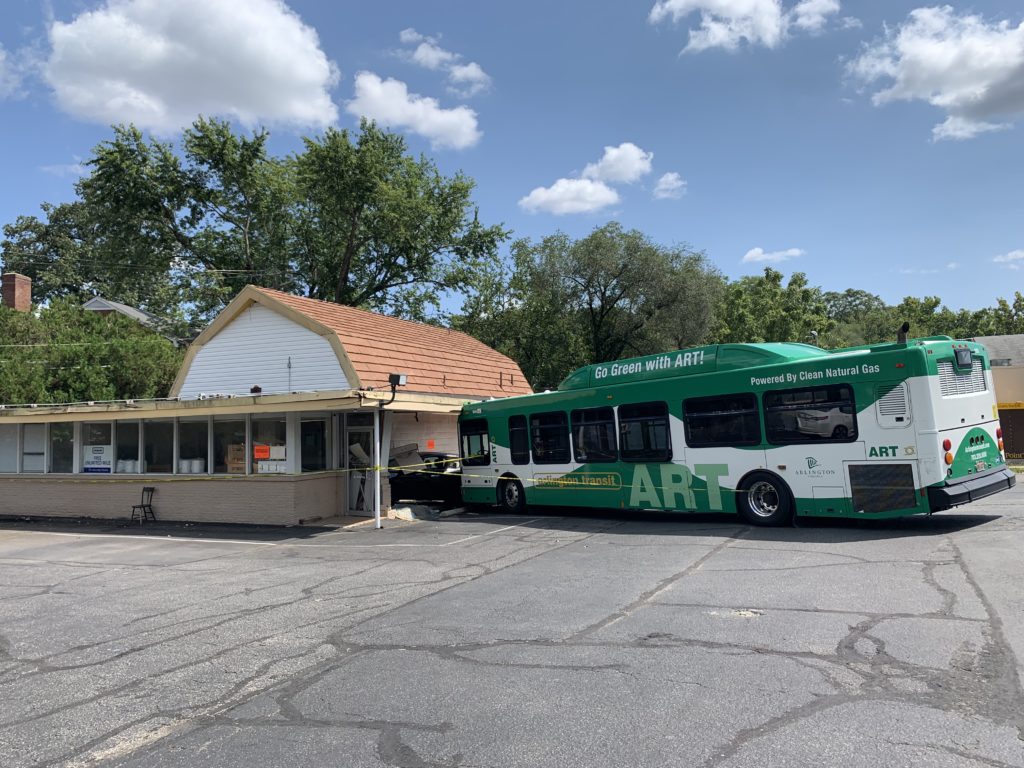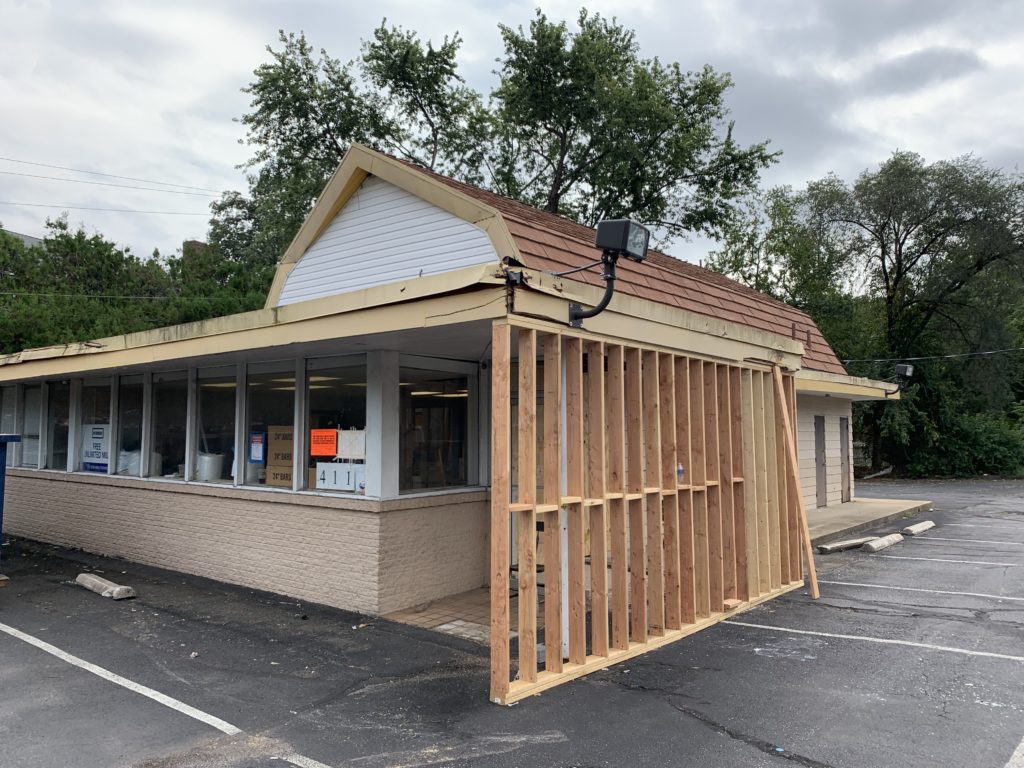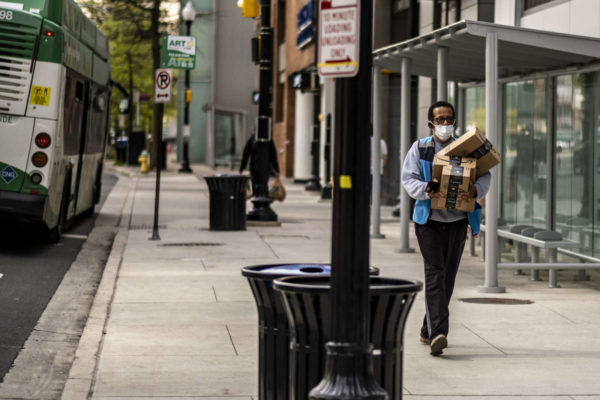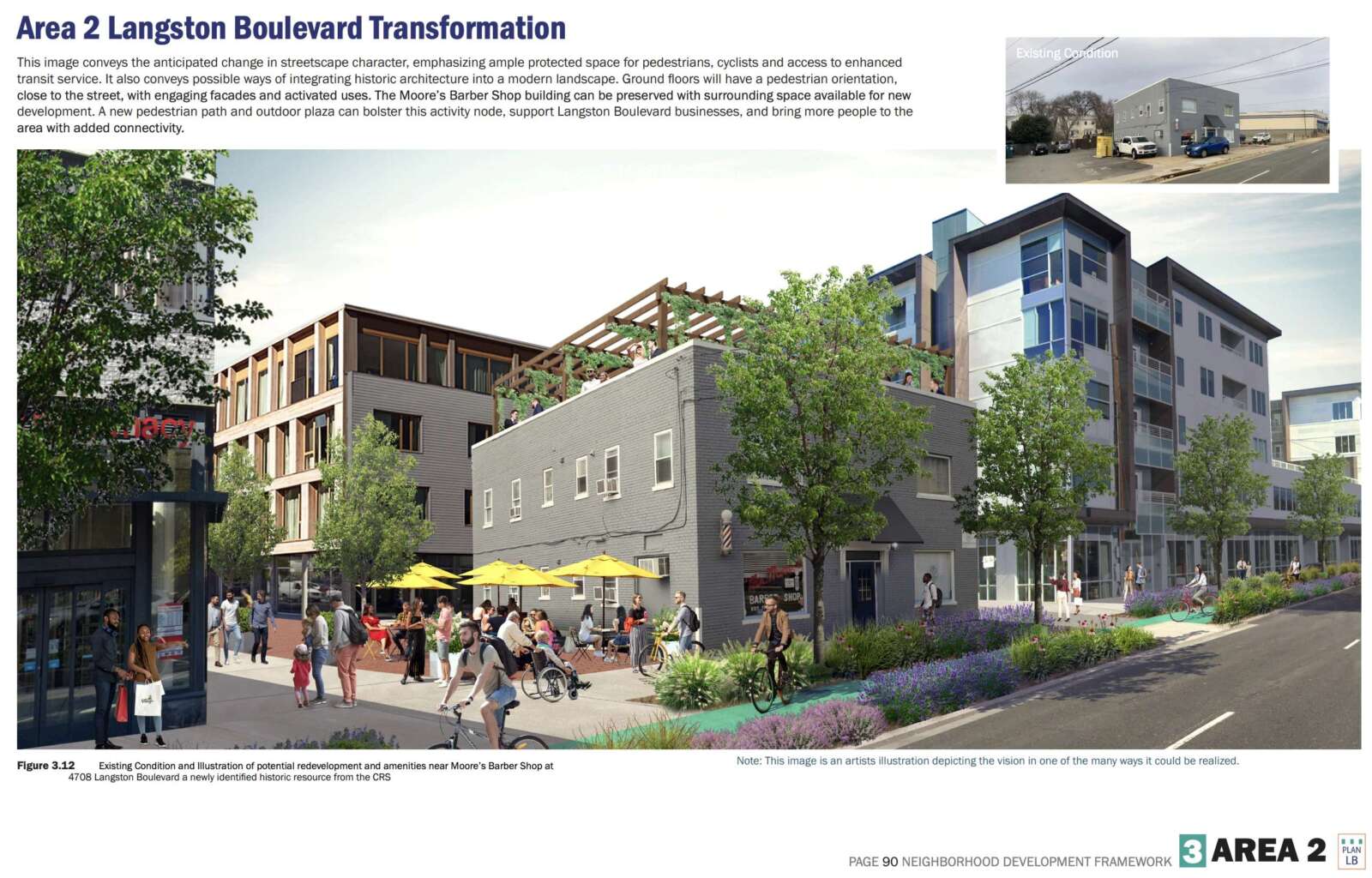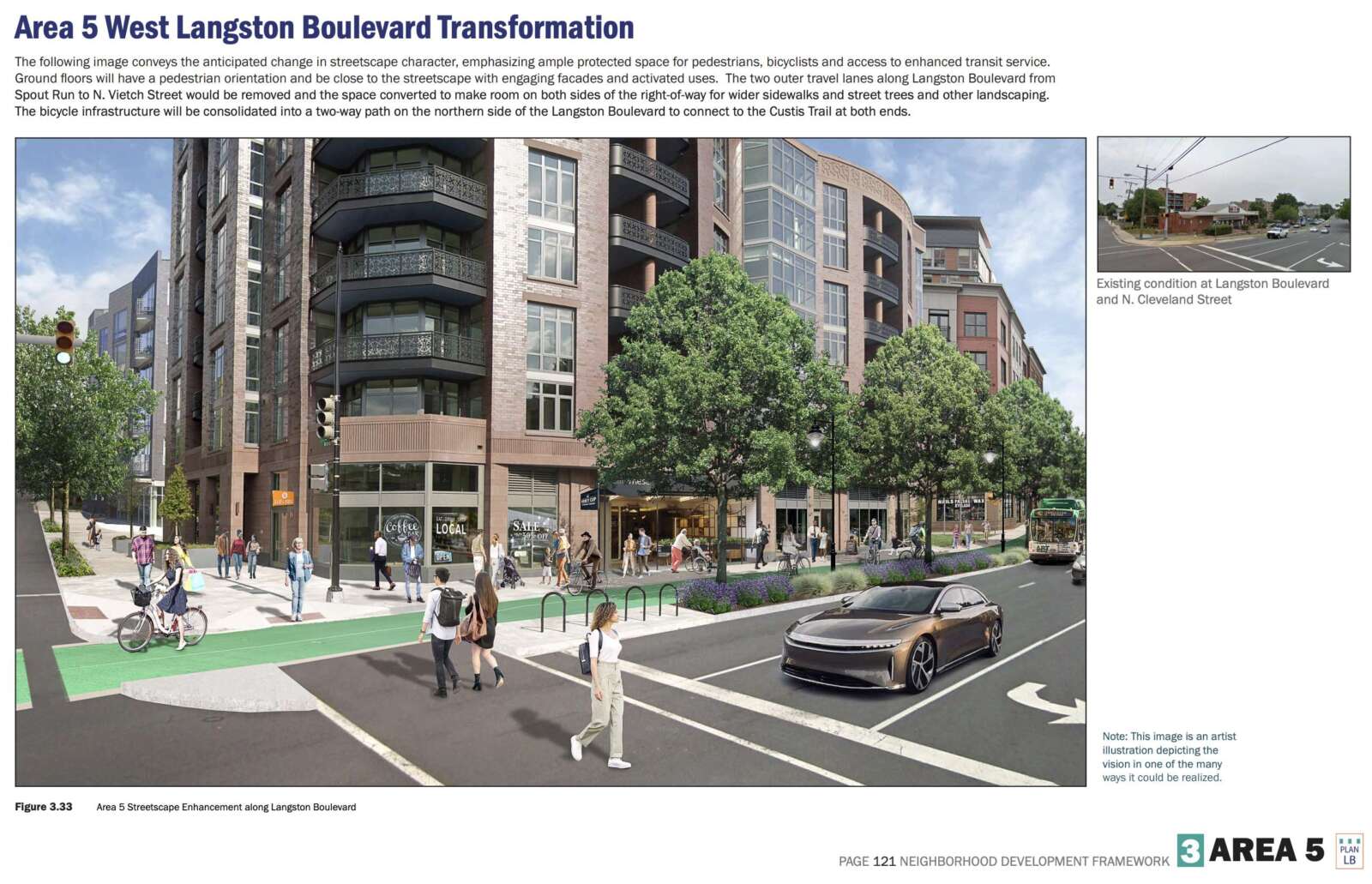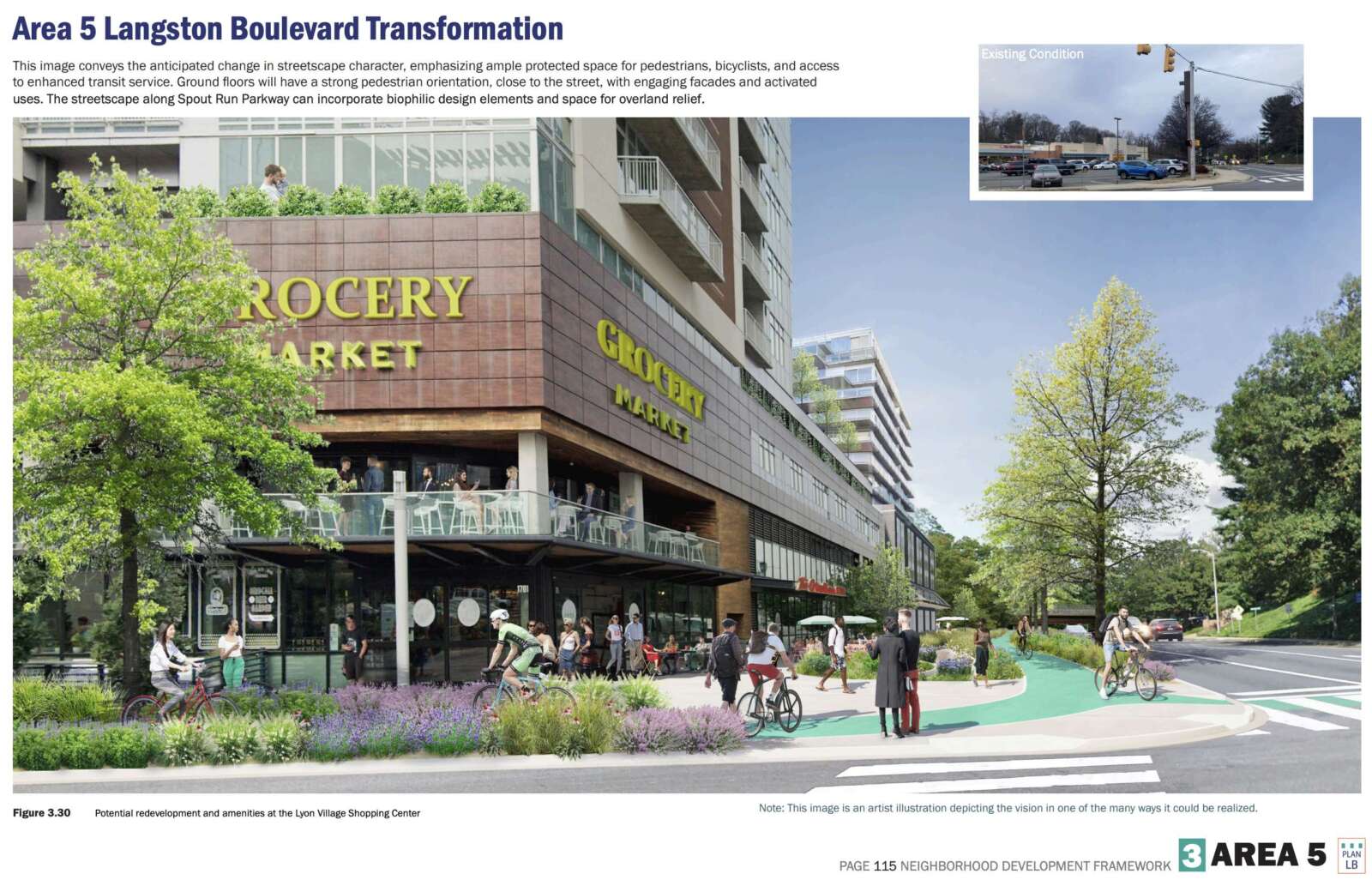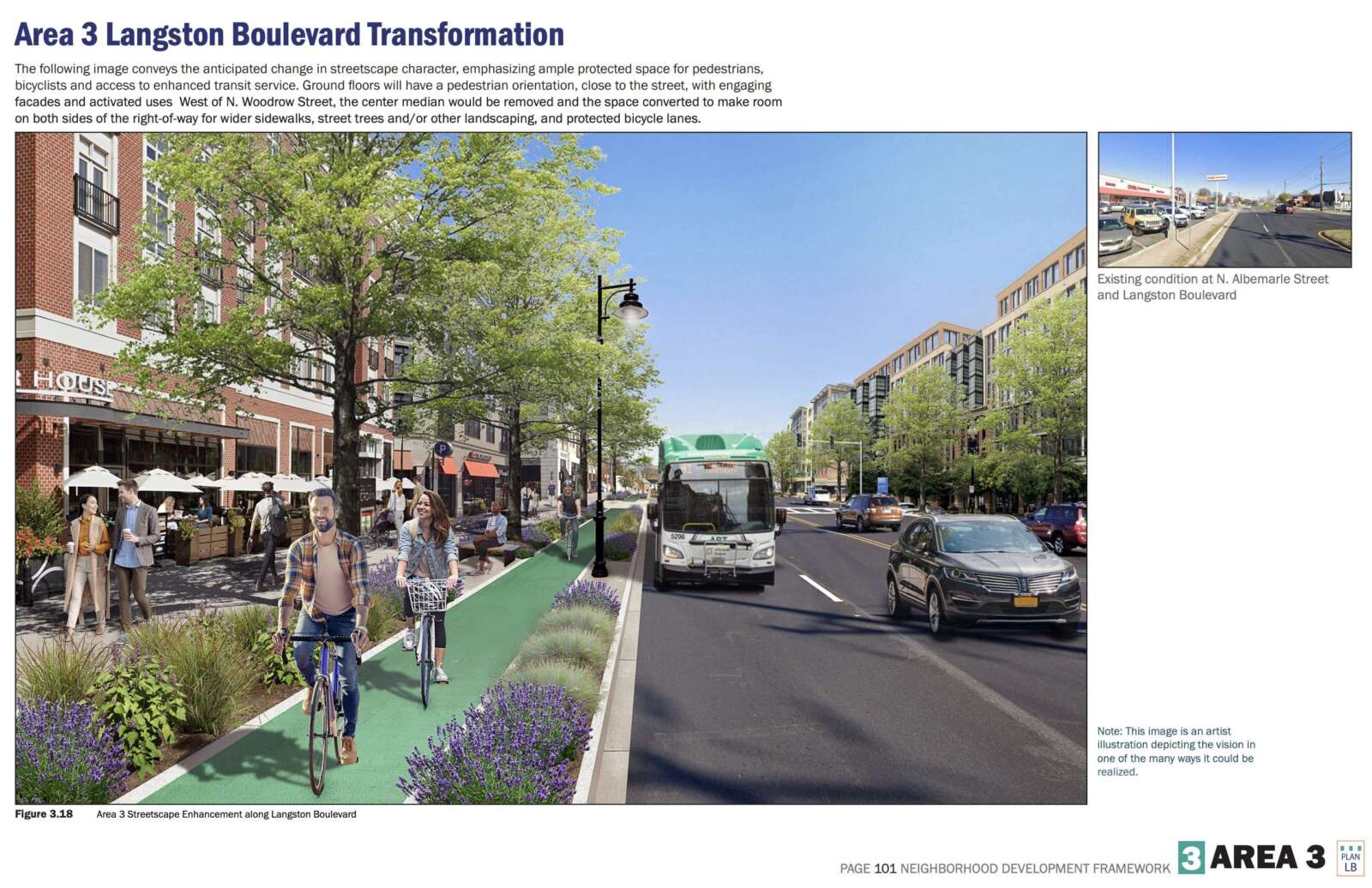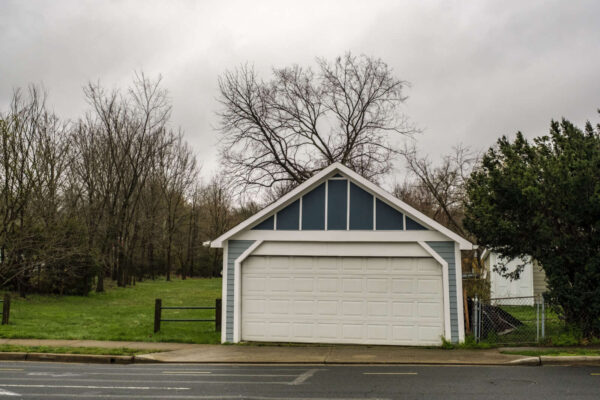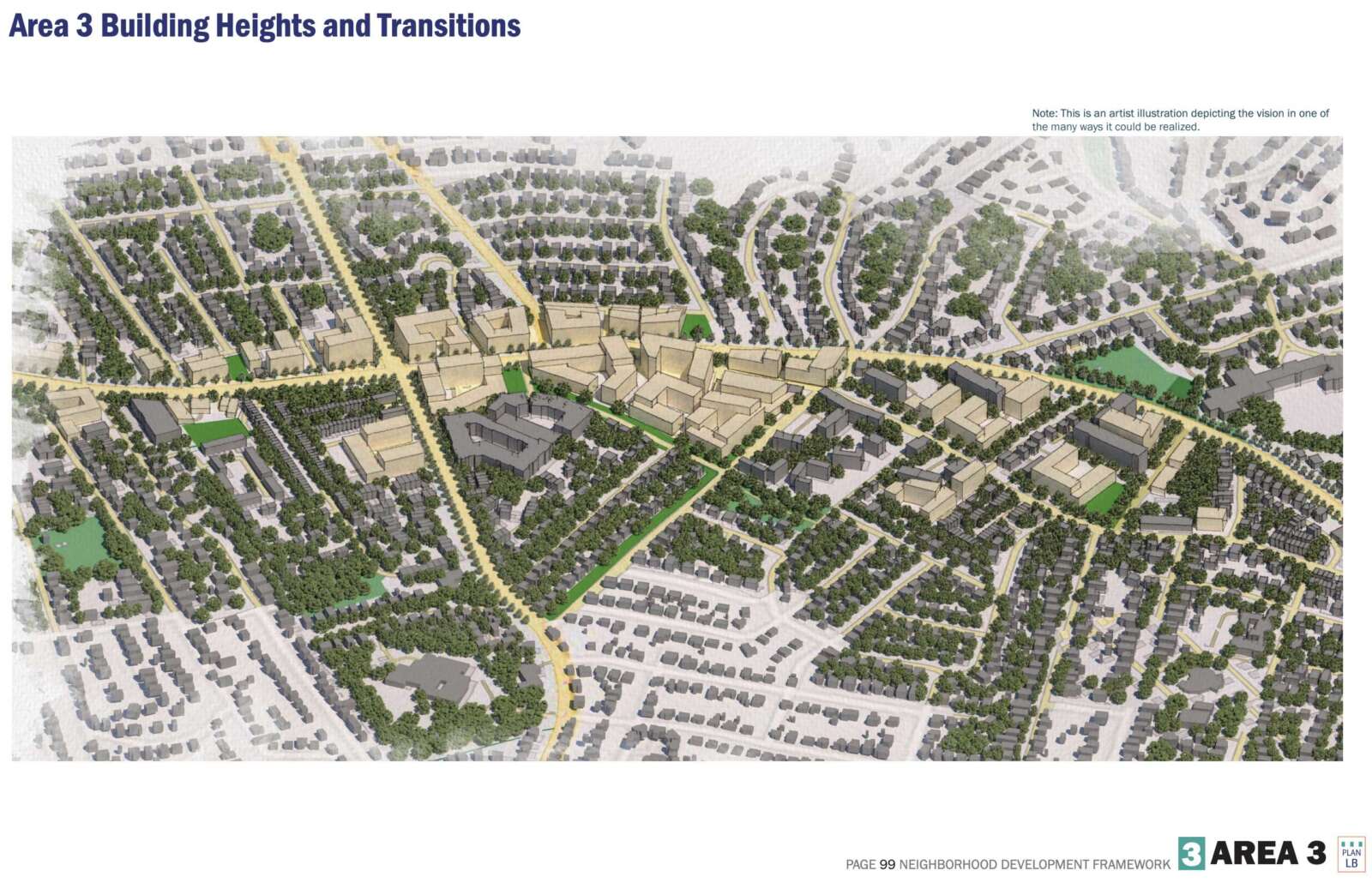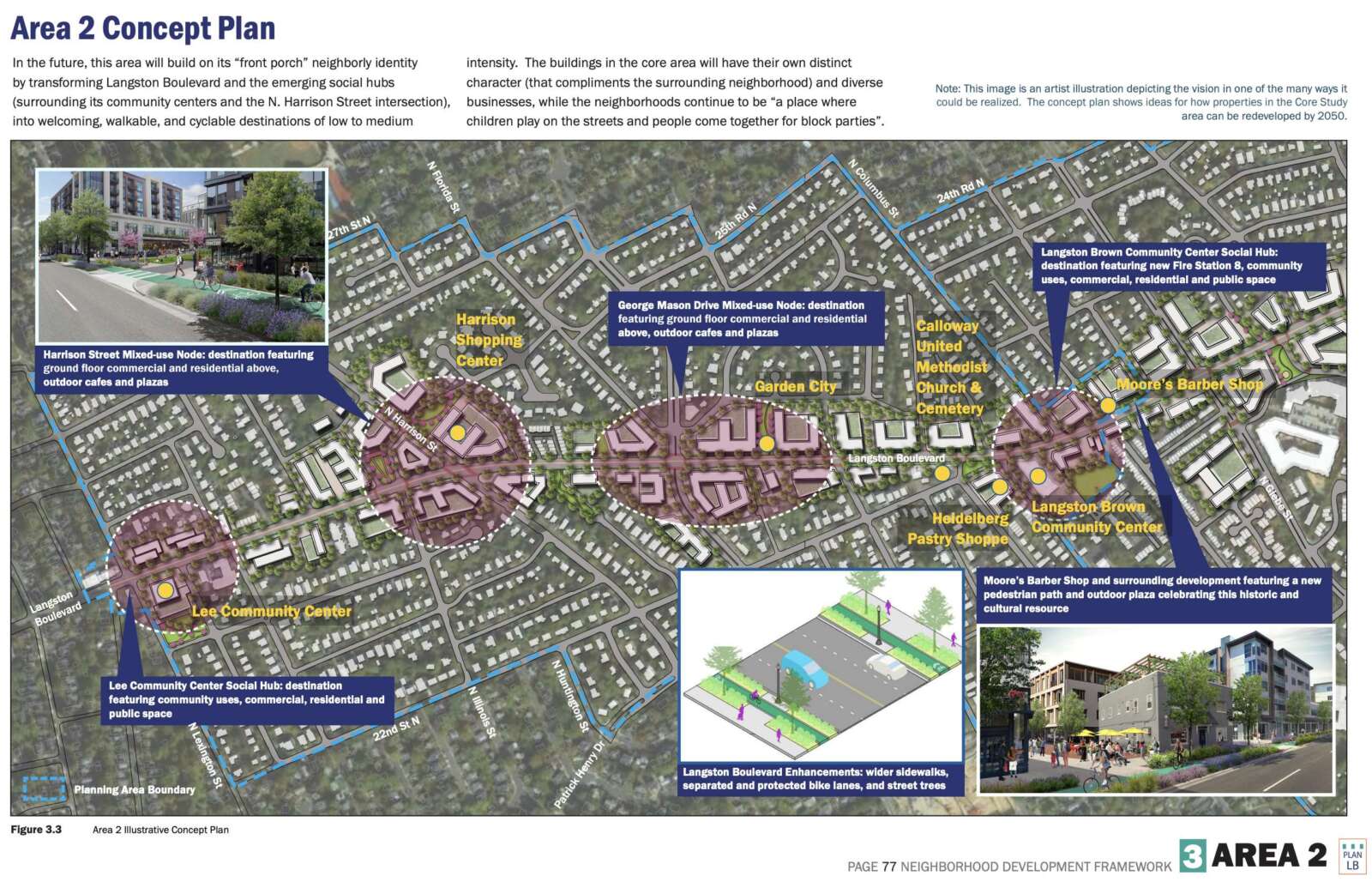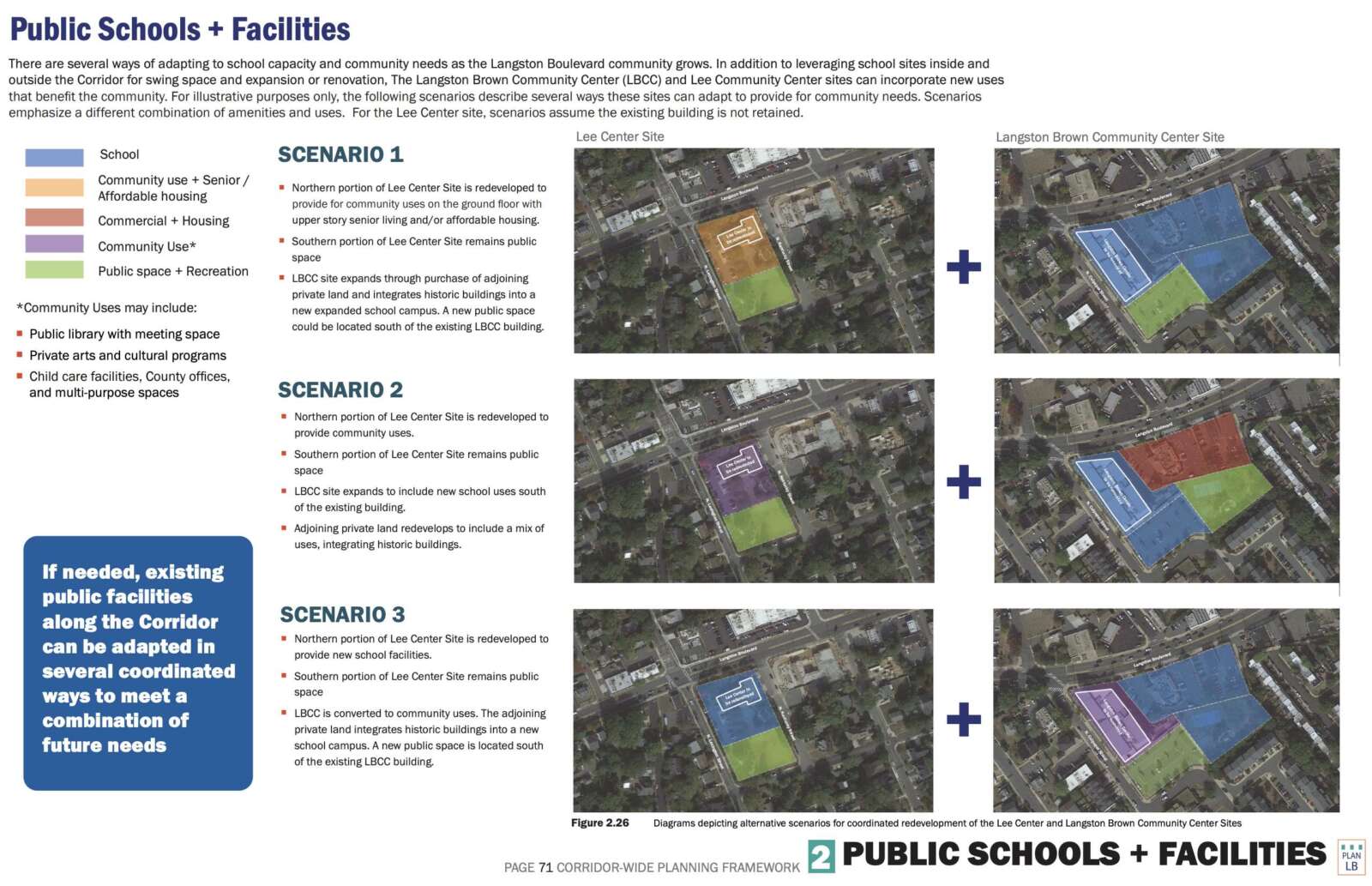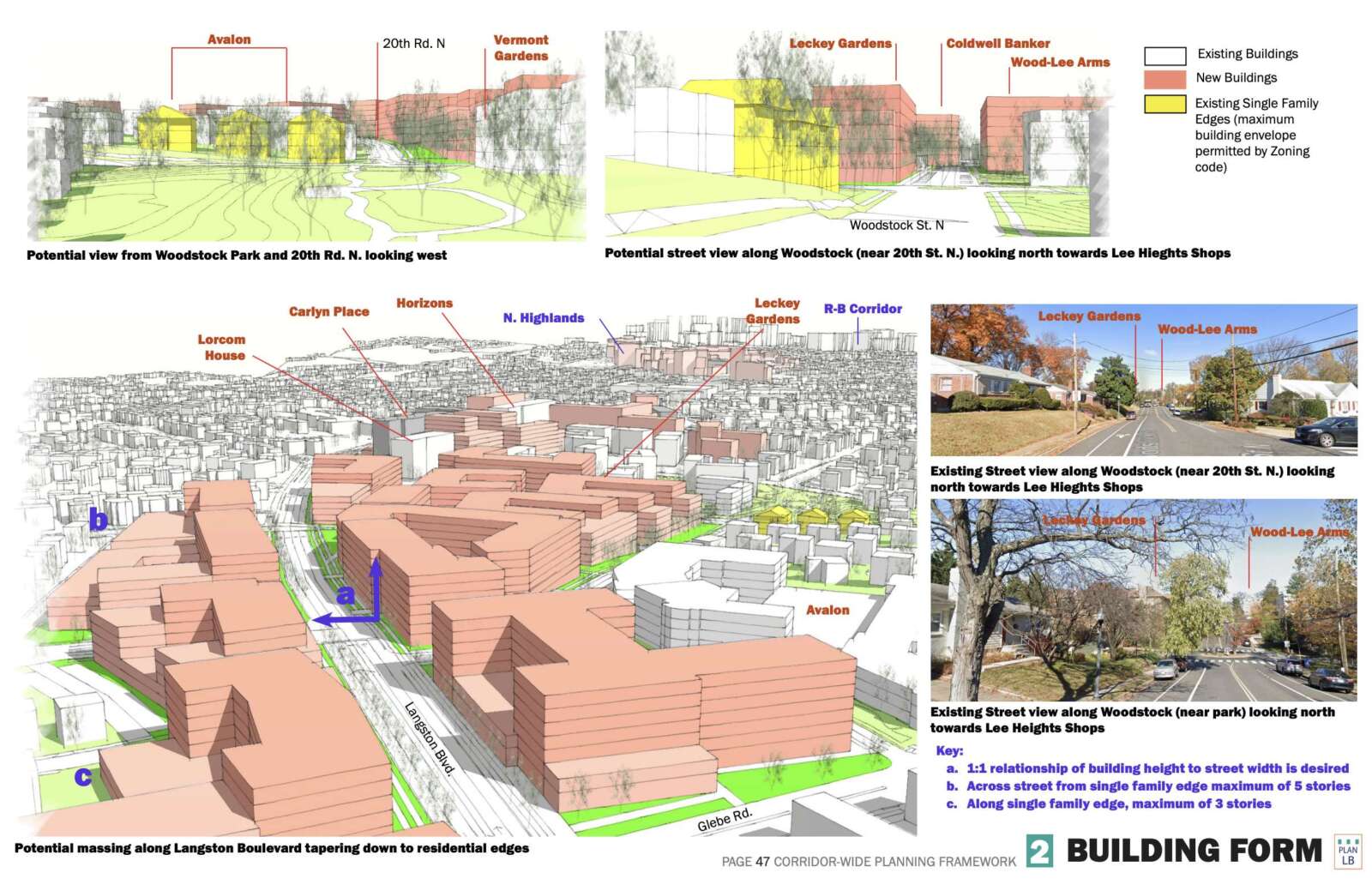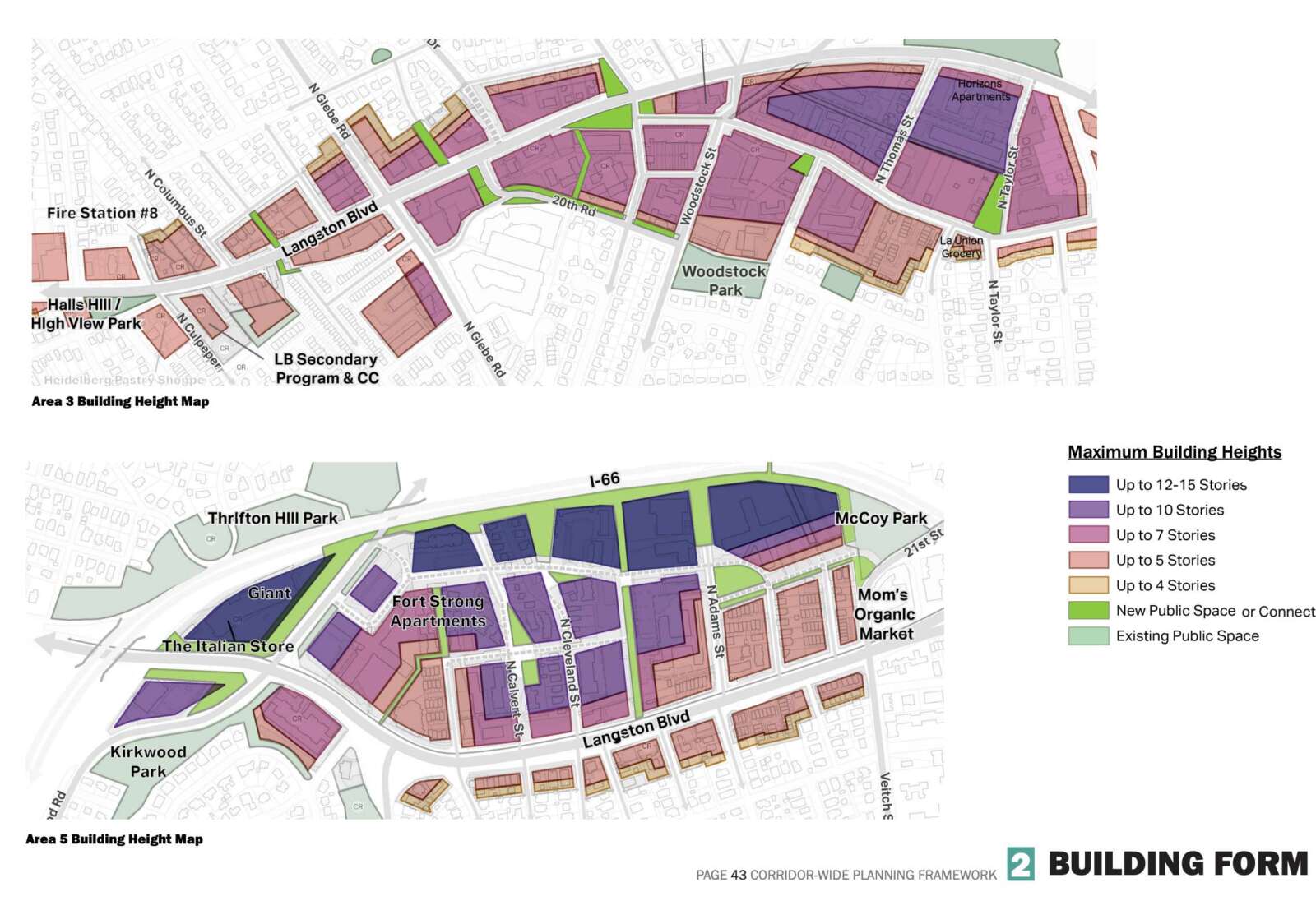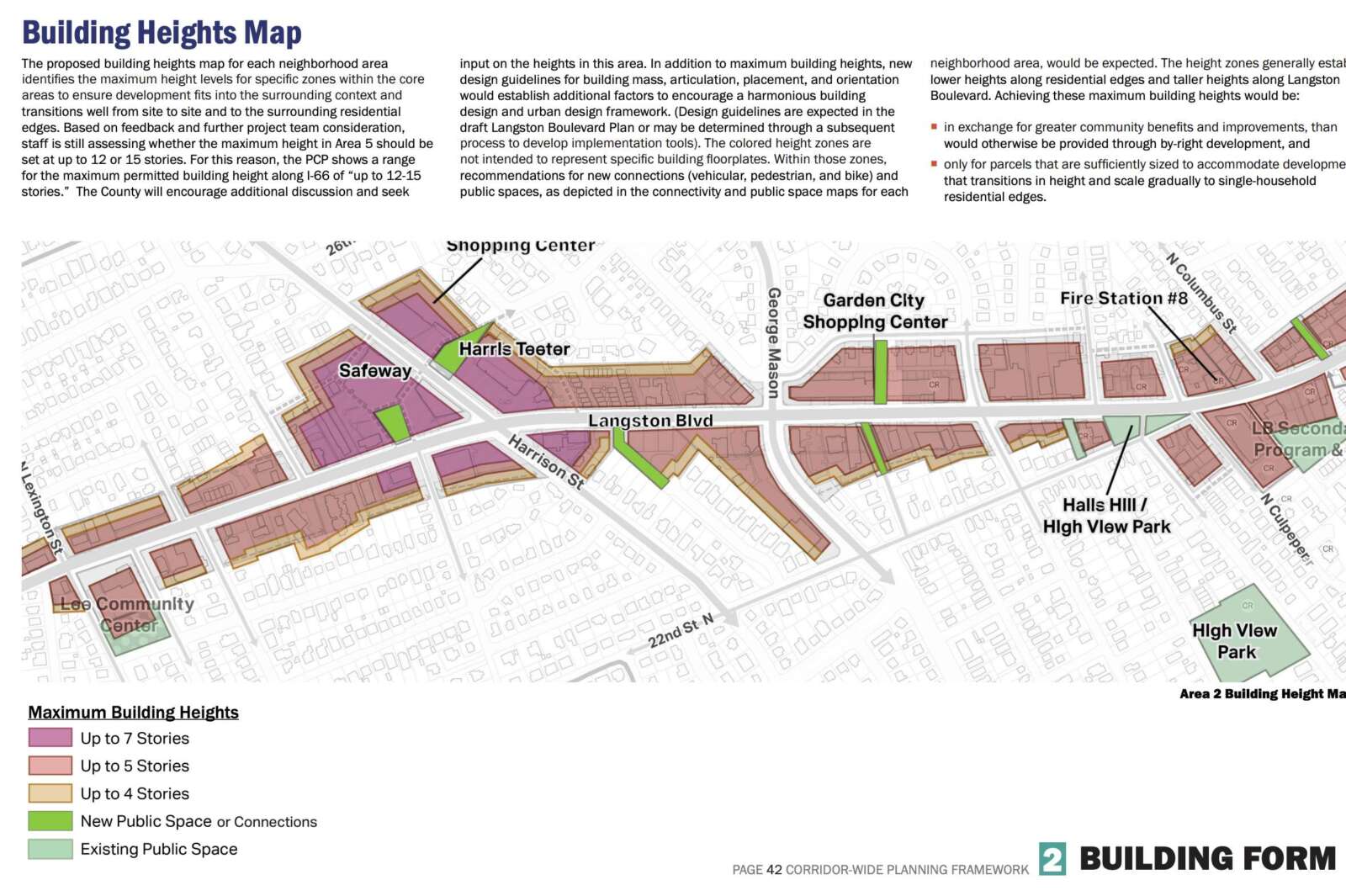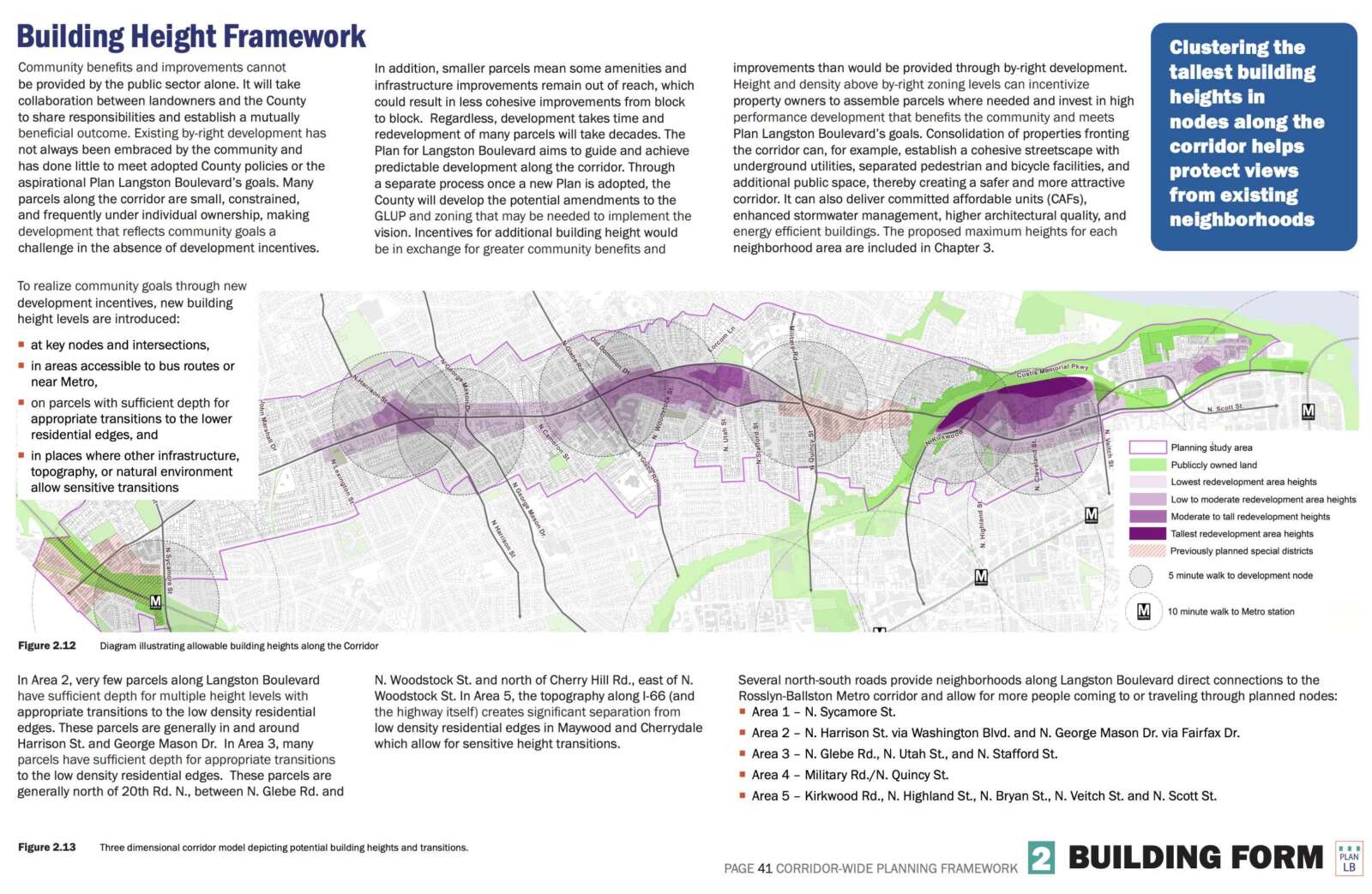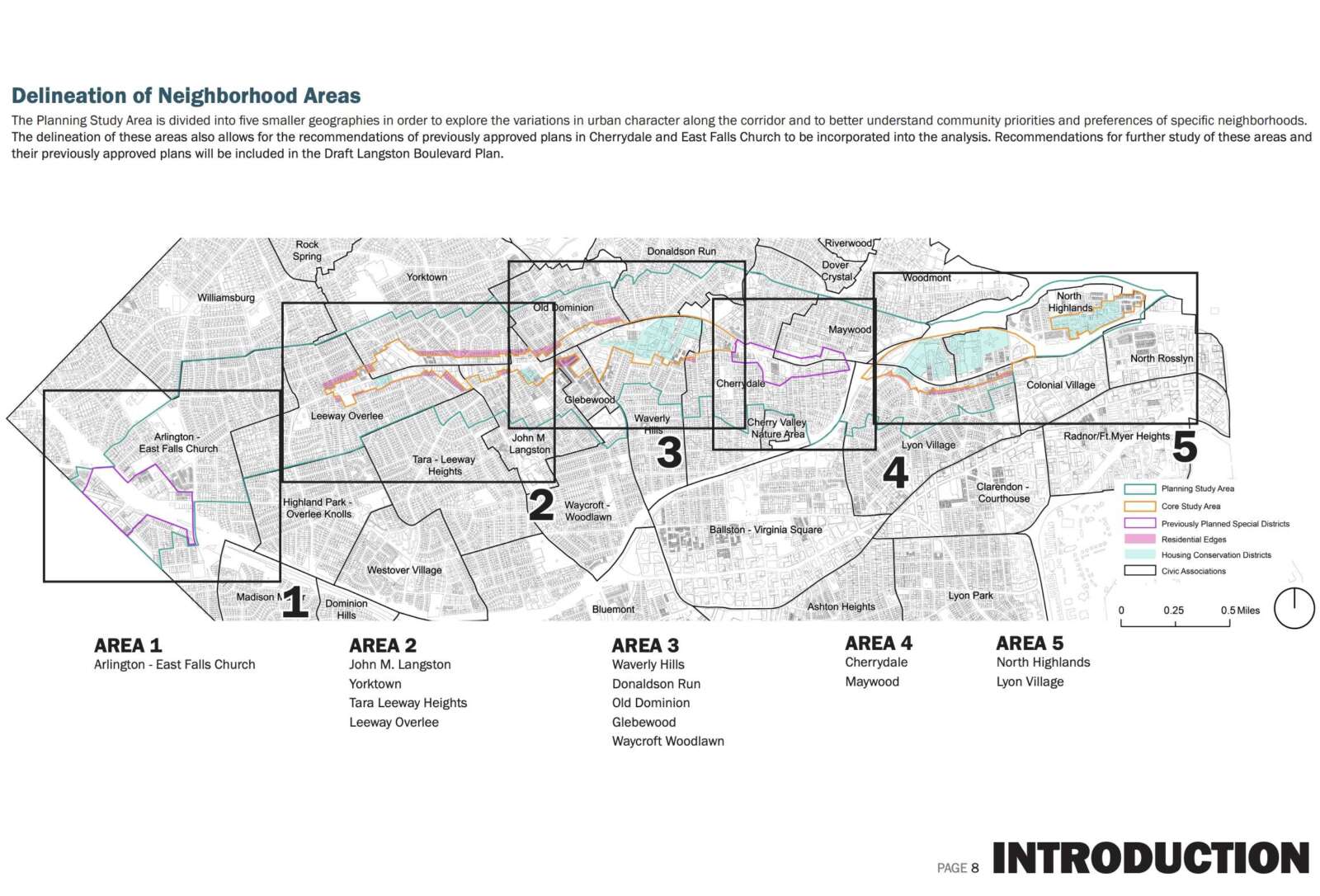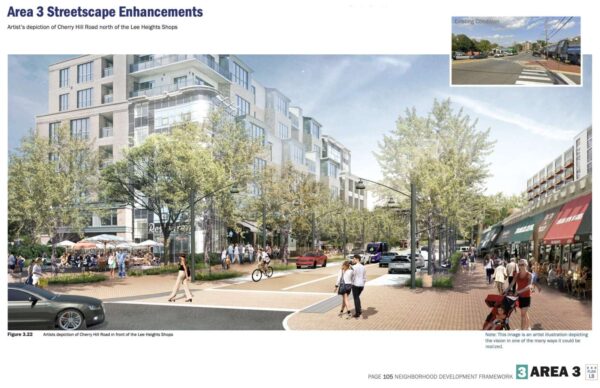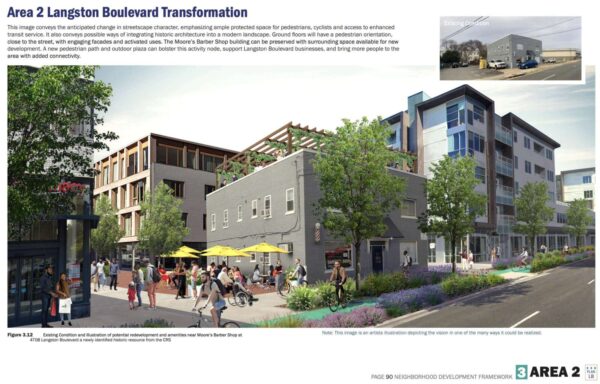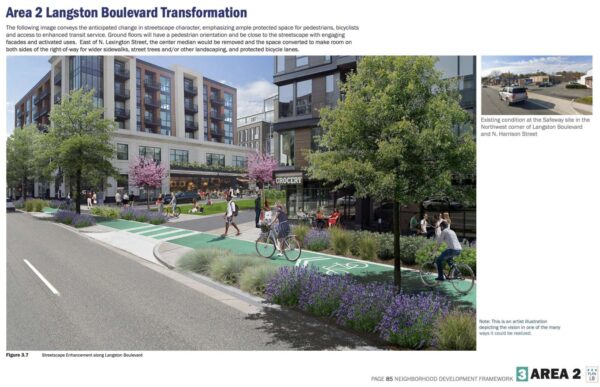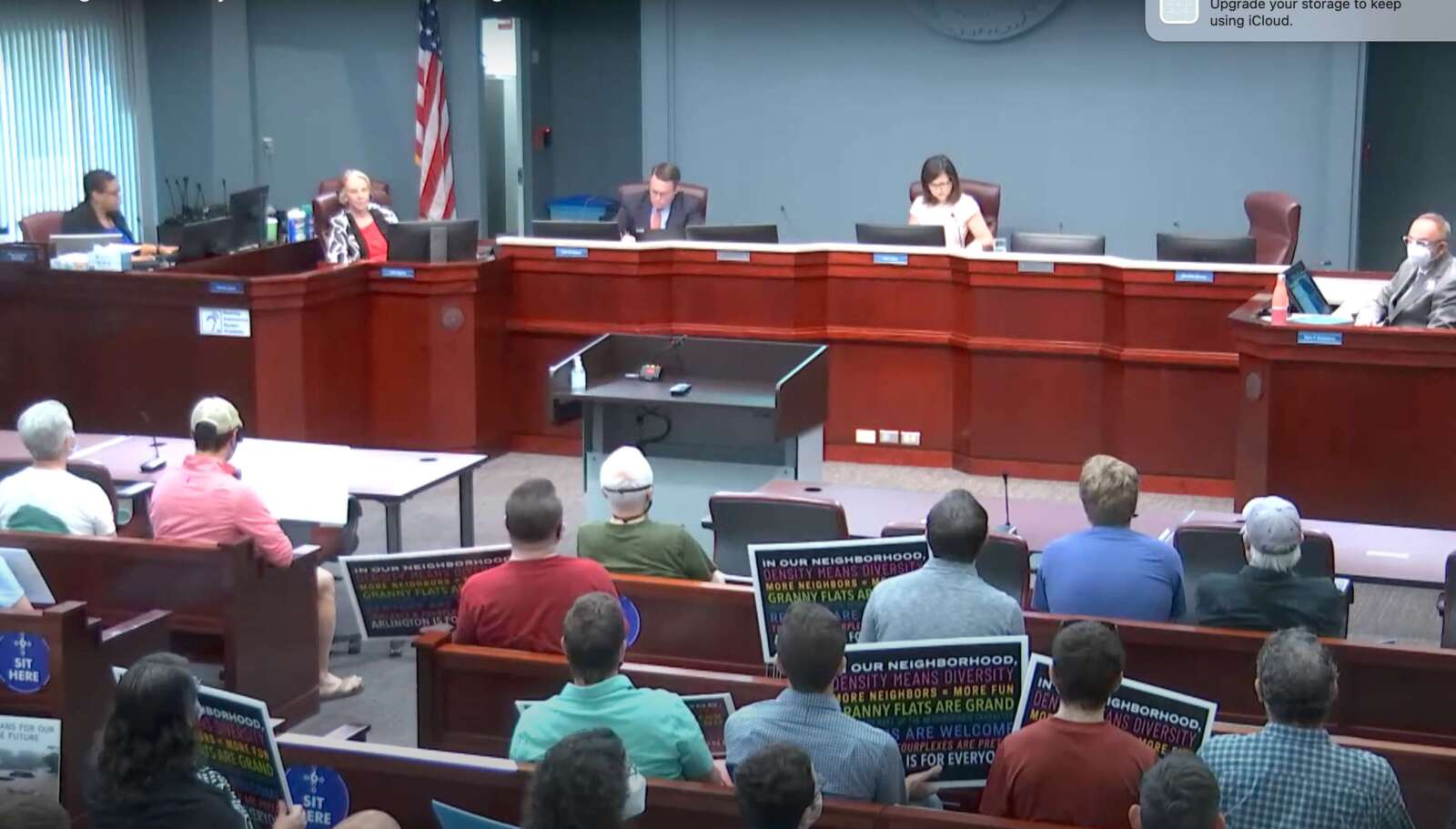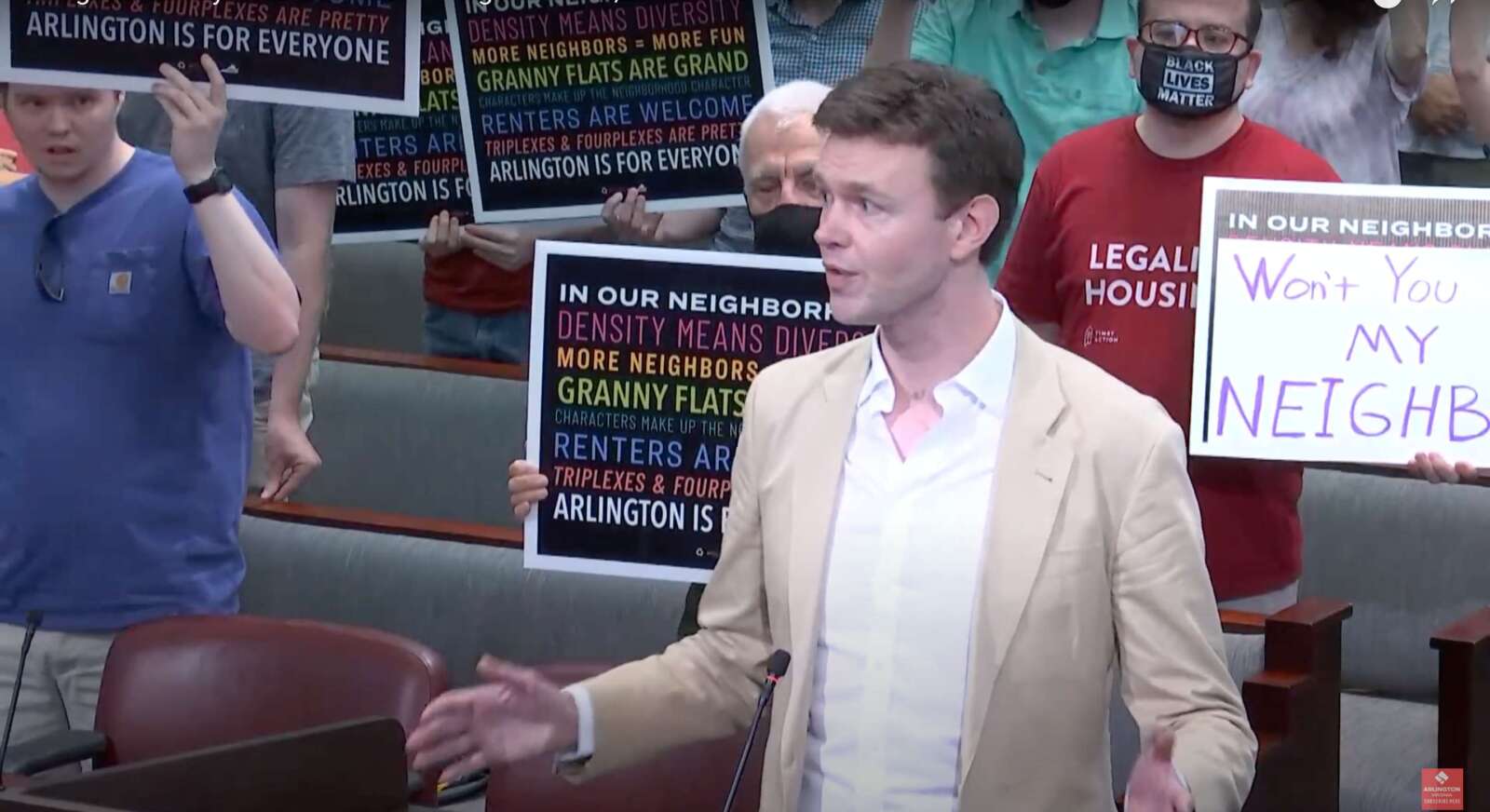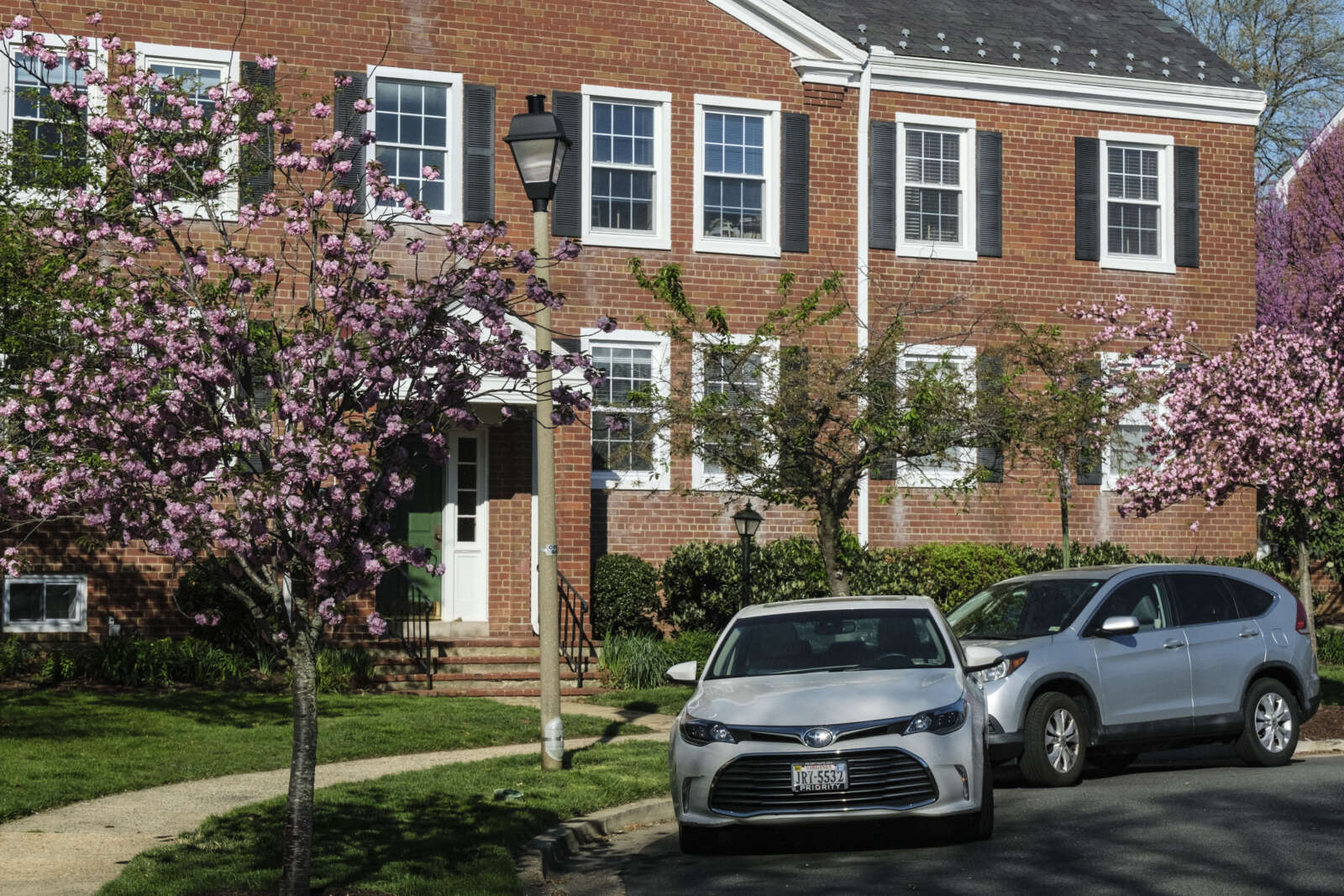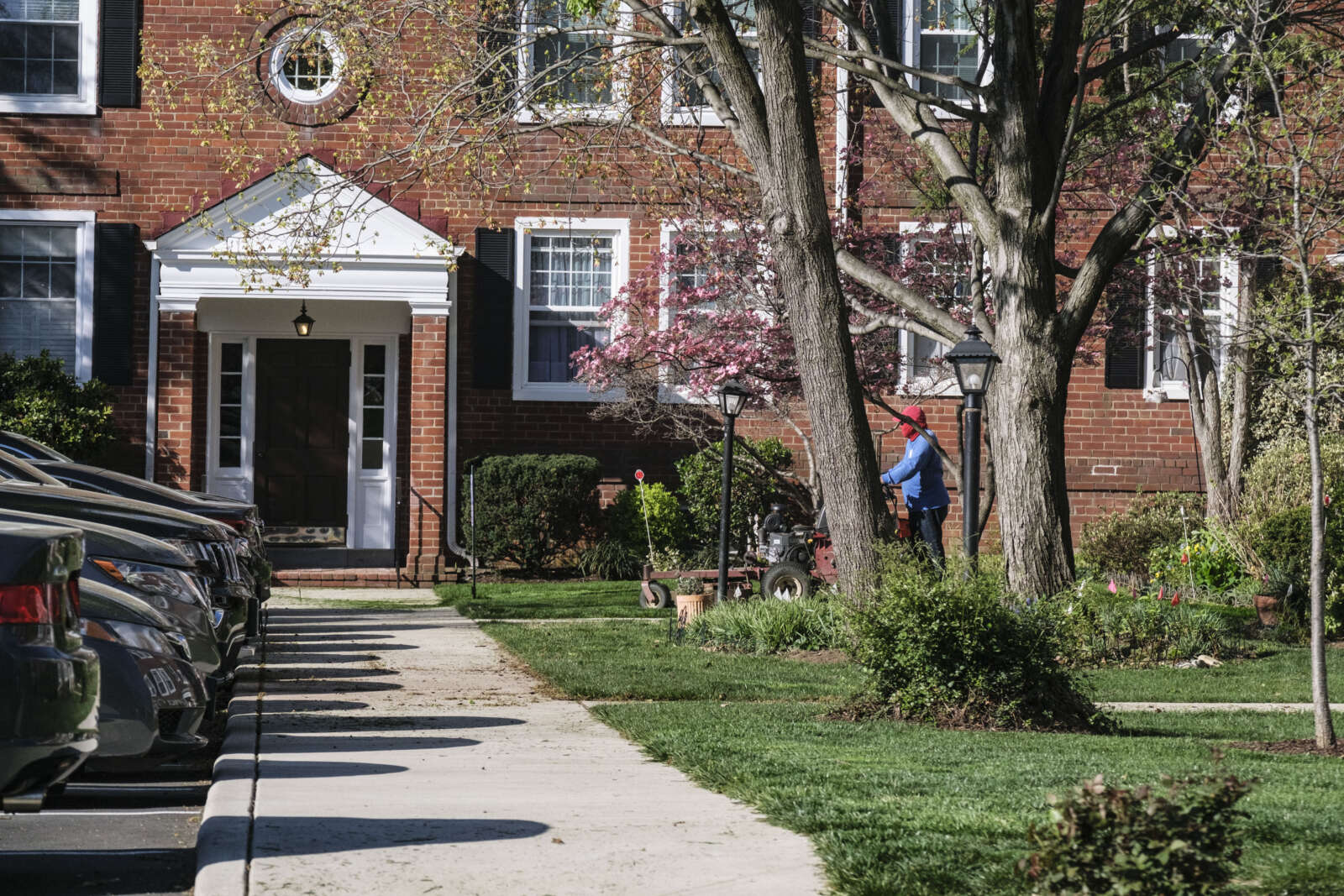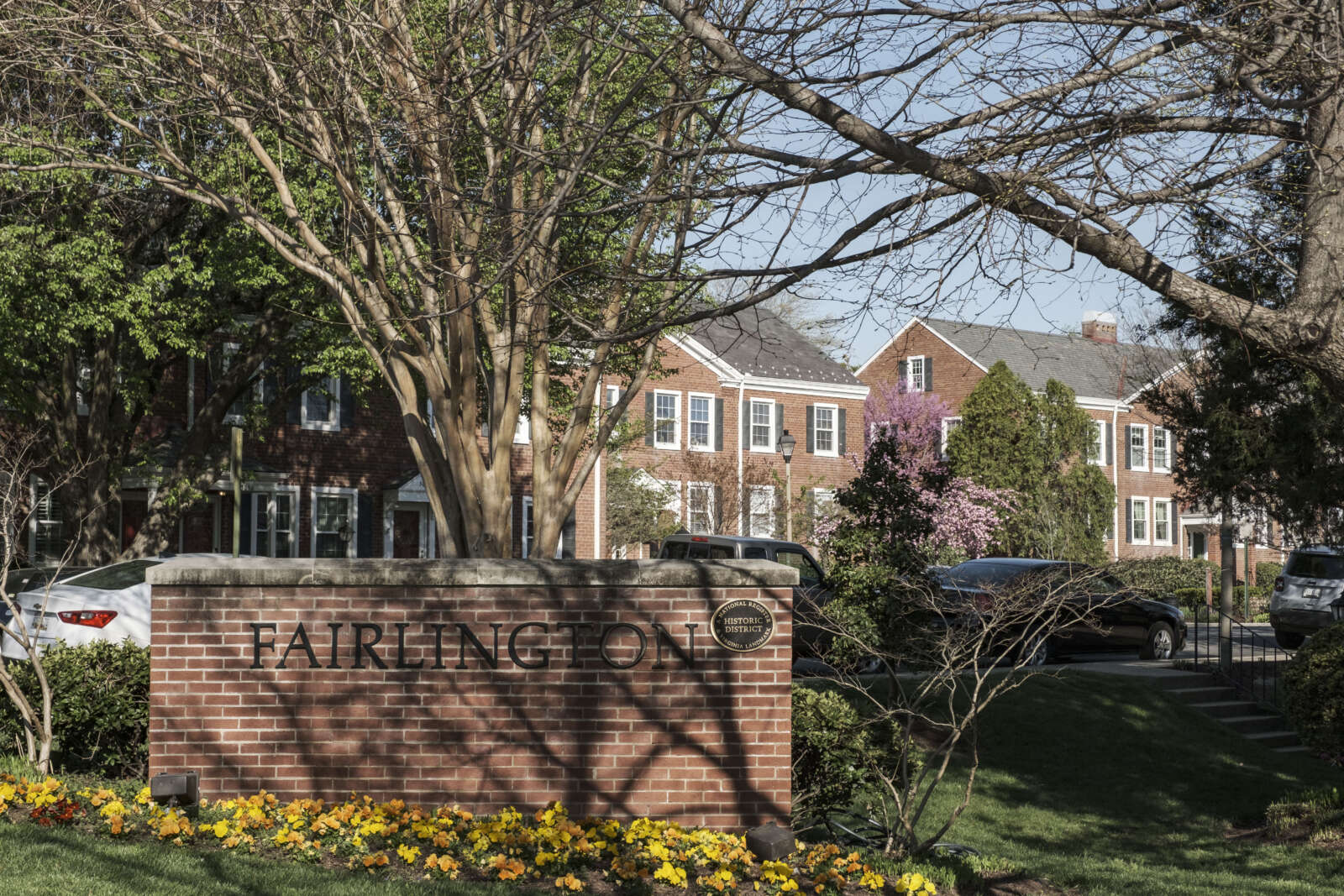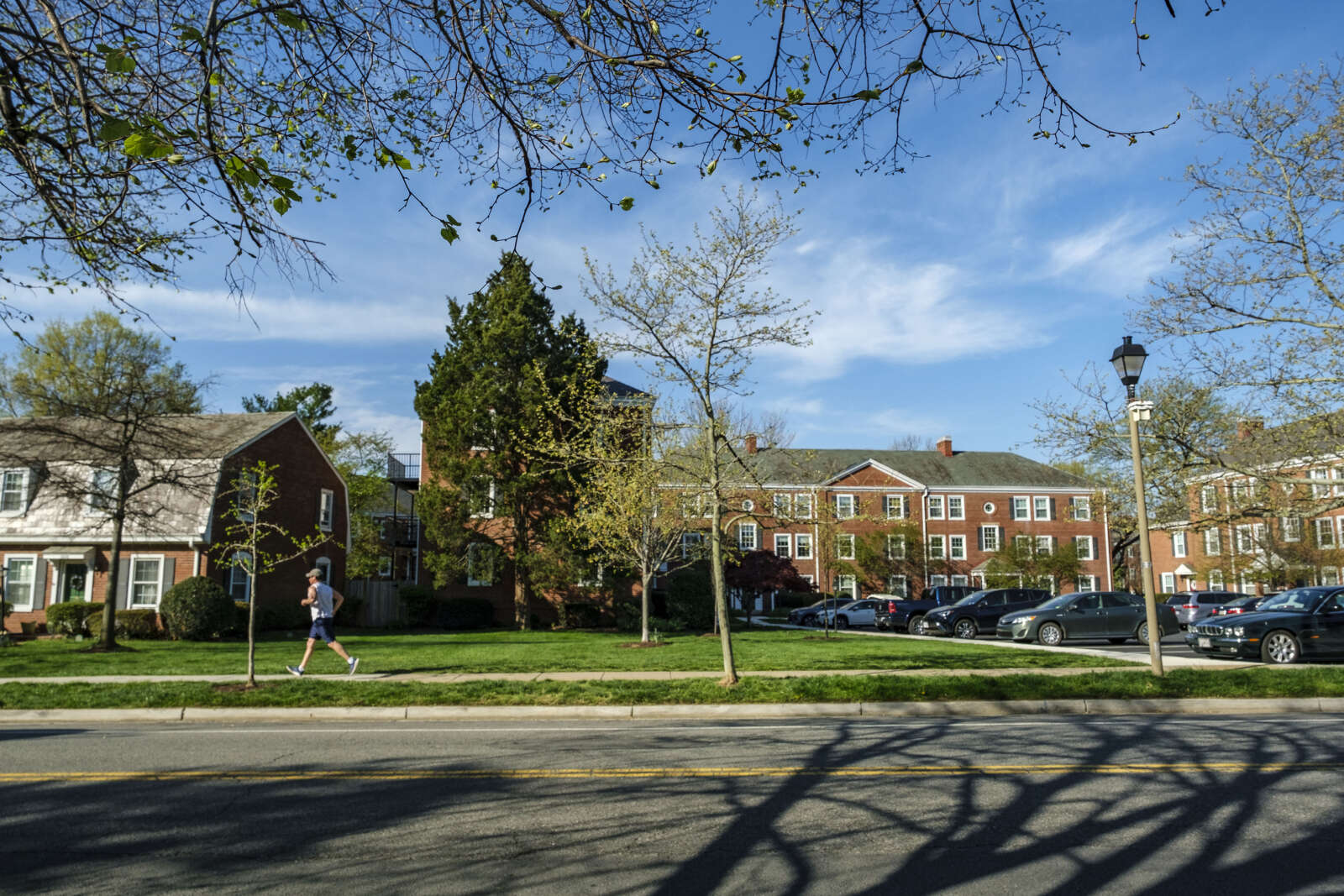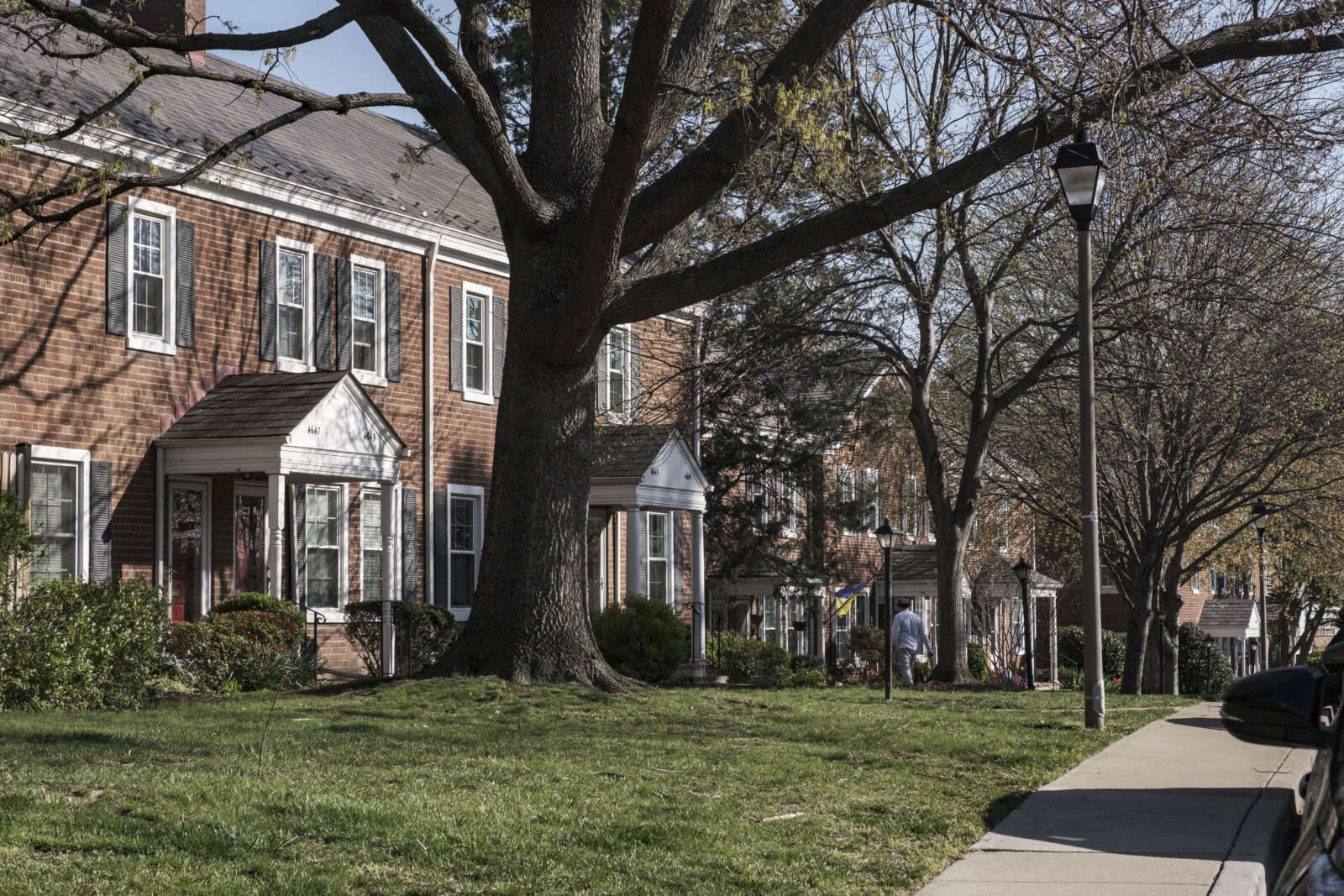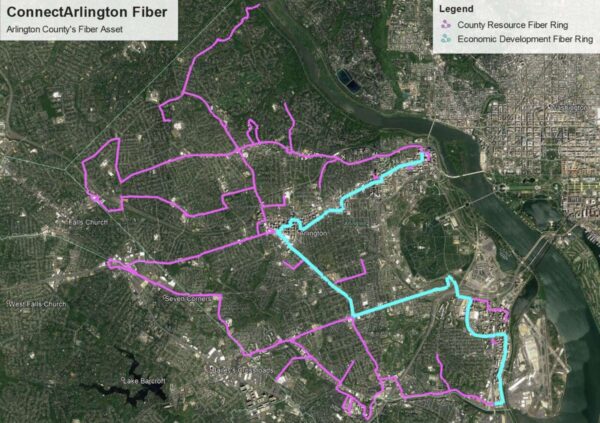
Arlington County is surveying residents and businesses to understand how they use broadband internet service and if their access can be improved.
The results of the survey are part of a $250,000 study that could inform ways to bridge the digital divide between residents with good internet connectivity and those without it, using the county’s existing fiber-optic network, dubbed ConnectArlington.
“The Broadband study builds off past work to fill in information gaps and provide a clearer picture of the County’s broadband needs,” Erika Moore, a spokeswoman for Arlington County Department of Community Planning, Housing and Development, tells ARLnow.
Arlington has an extensive fiber network, which it installed seven years ago to provide connectivity for county and Arlington Public Schools facilities, support public safety needs and encourage economic development. She says this move has since saved the county money and now allows for additional uses, such as connecting traffic cameras, emergency services and colleges across the area.
Now, the county is partnering with Vienna-based consultant Televate to look at how to leverage what it has to bridge the digital divide, an issue exacerbated by the pandemic.
“Based upon gaps identified, the consultant will lay out a comparative evaluation of different service delivery models to address the County’s needs,” Moore said. “Depending upon the outcome of the study, the County may need additional analysis to further research a specific model.”
The study will also review a license agreement for leasing strands along an 864-count fiber line dedicated to economic development. The concept, intended to give local companies higher-speed internet at lower costs than big-name providers like Comcast, has languished because would-be providers found the agreement onerous. So far, only JBG Smith has agreed to lease some of the cable to help build its 5G-enabled “Smart City.”
“The likelihood of modifying the license or changing or adding other policies will be considered after the results of the study,” Moore said.
The survey, available now in English and Spanish, asks people a few dozen questions about internet use. Questions include how long respondents have used the internet and how much it contributes to their jobs, whether they use broadband for telehealth services, if they’re satisfied with the speed and cost, as well as demographic questions.
Moore says the county has studied the digital divide before but not on this comprehensive of a scale. Past research targeted low-income housing and relied on Federal Communications Commission and U.S. Census data.
This “did not provide the level of detail needed and gave no indication of service quality, bandwidth availability, provider competition, or digital literacy needs,” she said.
A coalition of local advocates for making broadband a county-provided utility say the scope seems redundant given past efforts, however.
“The county has studied the digital divide to death. We have good numbers on that,” says ArlFiber Collective leader Tim Dempsey, adding that ironically, the survey is long and only available online.
“Televate LLC, does not appear to be interested in seriously studying municipal broadband and the current course and scope of the study could very well reproduce the same work on broadband that has been done in the past, without moving us forward in any meaningful way,” ArlFiber wrote on its website. “Residents and civic groups that are interested in community broadband for all, should reach out to the County Board members and let them know.”


